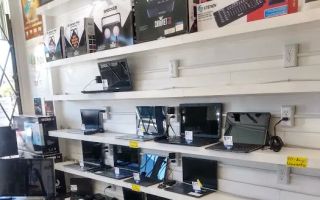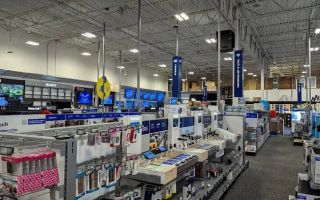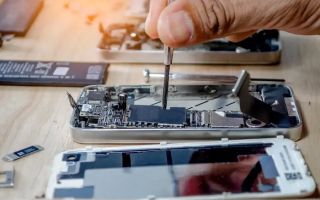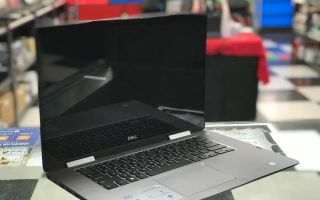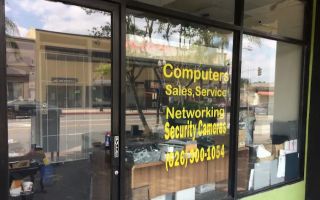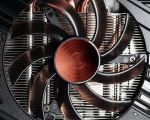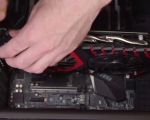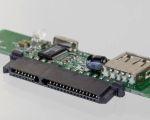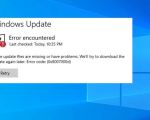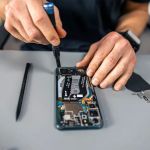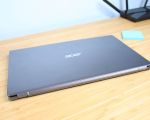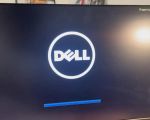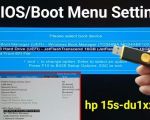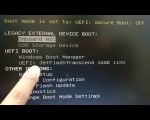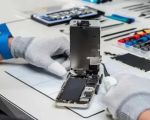How to Boot a Dell Computer from USB: Step-by-Step Guide
- 1. Understanding USB Boot on Dell Computers
- 2. Why Booting from USB is Important
- 3. Step-by-Step Instructions for Booting Dell Computers from USB
- 4. Common Issues When Booting from USB and How to Fix Them
- 5. Alternatives to Booting from USB on Dell Computers
- 6. Tools You Need for Successful USB Booting
Booting a Dell computer from a USB drive is a valuable skill, especially for tasks like installing an operating system, running diagnostics, or using specialized boot tools. In this guide, we'll walk you through the process of setting up your Dell computer to boot from a USB device. Whether you're looking to install a fresh version of Windows or run a live Linux distro, learning how to boot from USB can give you more flexibility with your system.
2. Why Booting from USB is Important
Booting from a USB device offers numerous benefits, especially for tech enthusiasts and those who need to troubleshoot or recover their systems. Here are a few reasons why you might want to boot your Dell computer from USB:
1. Installing or Reinstalling an Operating System: When you need to install or reinstall an operating system, booting from a USB is often the fastest and most efficient method.
2. Running Diagnostic Tools: Many advanced diagnostic tools and system utilities are available on USB drives, allowing you to check your computer's health or recover lost data.
3. Using Live Operating Systems: USB drives can also be used to run lightweight operating systems like Linux, which can be great for testing or troubleshooting without affecting your main system.
3. Step-by-Step Instructions for Booting Dell Computers from USB
Here’s a detailed, step-by-step guide on how to boot your Dell computer from a USB drive:
1. Insert the USB Drive: Plug your bootable USB drive into one of the USB ports on your Dell computer.
2. Power On the Dell Computer: Turn on your computer and immediately press the F12 key. This will open the Boot Menu on most Dell models.
3. Select the USB Device: In the Boot Menu, use the arrow keys to select the USB drive as your boot device. It will be listed under the 'USB Storage Device' option.
4. Press Enter: Once you’ve selected the USB device, press Enter to boot from it.
5. Follow On-Screen Instructions: Depending on what’s on your USB drive (e.g., a system installer, diagnostic tool, etc.), follow the on-screen instructions to complete the boot process.
4. Common Issues When Booting from USB and How to Fix Them
While booting from USB is usually straightforward, you may encounter some issues. Here are a few common problems and how to resolve them:
1. USB Drive Not Recognized: If your Dell computer doesn’t recognize the USB drive, make sure it’s properly inserted and that it’s formatted correctly. Try a different USB port if necessary.
2. Incorrect Boot Order: Ensure the boot order in your BIOS is set to prioritize USB devices over the internal hard drive. You can adjust this in the BIOS settings (accessed by pressing F2 during startup).
3. Bootable USB Not Created Properly: Double-check that your USB drive is correctly set up as a bootable device. You can use tools like Rufus to create a bootable USB drive from an ISO file.
5. Alternatives to Booting from USB on Dell Computers
If for some reason you can’t boot from a USB drive, there are a few alternatives you can try:
1. Network Boot: If your Dell computer supports PXE (Preboot Execution Environment), you can boot from a network server instead of a USB drive. This requires a network setup that supports booting.
2. External Hard Drive: If you prefer using an external hard drive, you can use it to install operating systems or run programs in a similar way to a USB device.
3. CD/DVD Drive: Some older Dell models might boot from a CD or DVD. If your computer still has an optical drive, you can use it to boot from a CD/DVD instead of a USB.
6. Tools You Need for Successful USB Booting
To successfully boot from a USB on your Dell computer, you’ll need a few essential tools:
1. A Bootable USB Drive: This is the key to booting your system. You can create a bootable USB with various tools, including Rufus, Windows Media Creation Tool, or the macOS Disk Utility.
2. BIOS Access: Accessing the BIOS is crucial for configuring boot settings. Make sure you know how to enter the BIOS by pressing F2 during startup.
3. Operating System or Utility Files: Make sure your USB drive is loaded with the correct operating system installation files or system recovery tools to be used during the boot process.


